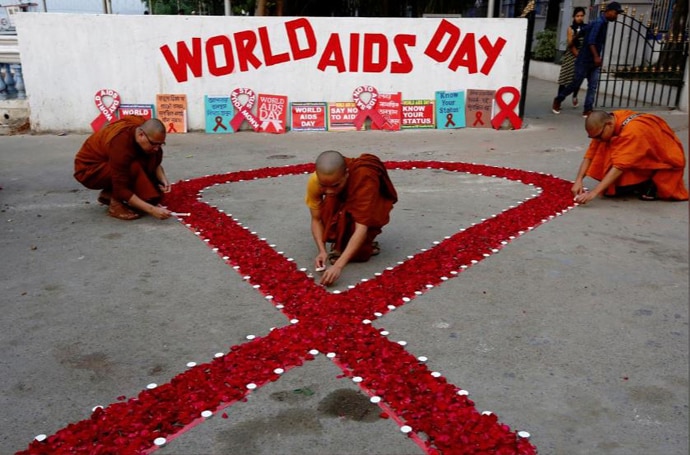Hope for millions as the scientists discover potential cure for HIV-AIDS

Researchers now strive to find a cure for HIV-AIDS — that has killed millions globally.
Researchers from the UK have reported that a stem-cell treatment had cleared a London patient’s body of the HIV virus.
The news comes as a ray of new hope for the 37 million people living with the virus.
The second case is of the man — known as the “London Patient” — who had HIV and a type of blood cancer called Hodgkin’s lymphoma. He responded successfully to a bone marrow transplant from a donor with rare genetic resistance to HIV infection. This is only the second instance in history when this has been achieved
The first case was in 2007 of Timothy Ray Brown — also known as “the Berlin patient”. Brown was treated using HIV-resistant bone marrow cells as he was HIV-positive and also developed leukaemia at the age of 40. Since leukaemia is treated by killing most of the patients’ blood cells using chemotherapy and replacing them using bone marrow from a donor, the doctors picked a donor who was resistant to HIV infections. The stem cells in the donor’s bone marrow repopulate the patients’ blood cells.
The donor being resistant to HIV infections is a very rare genetic ability. Very few people have it because they have a rare mutation in their DNA called CCR5-Δ32. The CCR5 gene is the keyhole that HIV uses to open the locks on CD4 cells and invade them. However, in people born with CCR5-Δ32, HIV cannot find the keyhole: the mutation has scrambled it.

However, this method is not always successful — scientists reported similar procedure on a 27-year-old man in 2014 but it failed. The virus simply shifted from using CCR5 to CXCR4 (another keyhole in the gene).
Despite this, the London Patient’s case gives fresh hope to scientists and pharmaceutical researchers who have spent decades looking for ways to end AIDS.
Since the pandemic began in the 1980s, more than 70 million people have been infected with HIV and about 35 million have died, most in Africa. Medical advances mean tests can detect HIV early, new drugs can control it, and there are ways to stop it from spreading.
However, the debate around transplant versus drugs rages on. Most patients infected with HIV currently have good control of their disease. This comes with treatments such as anti-retroviral drugs that combine three HIV medicines in a single daily tablet. Anthony Fauci, director of the US National Institute of Allergy and Infectious Diseases reportedly says, “I’d rather be on the single pill a day with very little toxicities than risk something as draconian as a transplant.”
To be clear: the drugs only allow patients to live long lives with the virus. They do not cure the disease.

"Teams in labs around the world and drug companies have early-stage cure studies in the works," says Rowena Johnston, director of research at the Foundation for AIDS Research — amfAR (formerly known as American Foundation for AIDS Research). “Companies dip their toes in and out of cure research,” she says.
Considering not everyone has access to anti-retroviral drugs, and considering the drug only controls the disease and not cure it, a more permanent heal in the form transplant is certainly a welcome move for millions around the globe.

